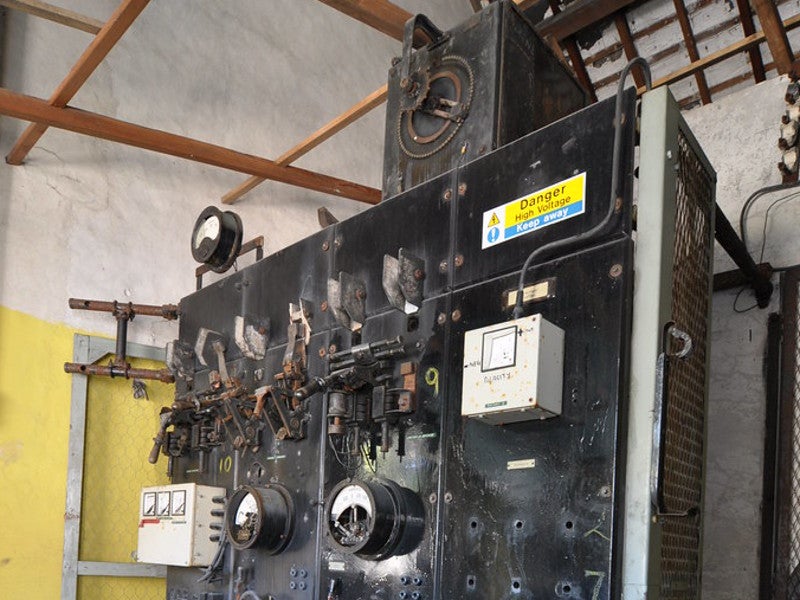The Whitla wind project is a 298.8MW wind farm being developed in Forty Mile County, Alberta province, Canada. Capital Power is developing the wind farm in two phases.
Alberta Utilities Commission (AUC) approved the project in August 2018, which also includes sign-off for the environmental evaluation from Alberta Environment and Parks (AEP).
Construction of the first phase began in September 2018 and is expected to be commissioned by December 2019. The second phase of the project is currently under development.
The project has the potential to generate enough electricity to meet the needs of 100,000 Alberta homes, including 67,000 in the first phase. The construction cost of the first phase is estimated to be between $315m and $325m.
The first phase of the project is expected to create between 250 and 300 construction jobs and up to ten full-time operational jobs.
Whitla wind project location details
The Whitla wind project is located approximately 15km south of Bow Island in Forty Mile County, in approximately 33,000 acres of land.
Majority of the project is located within cultivated lands and is defined by plains with some hummocky uplands and sand dunes.
Whitla wind project make-up
The Whitla wind project will be installed with 83 Vestas V136-3.45MW turbines, including 56 in phase one and 27 in phase two.
The turbines are developed using a combination of advanced aerofoil design, 4MW nacelle, and Large Diameter Steel Tower (LDST) technology and are capable of generating energy in low and medium wind conditions. The aerofoil design helps in achieving 16% increase in annual energy output, while reducing structural loads.
Each wind turbine blade will be 66.7m-long and have a maximum chord of 4.1m. The cut-in and cut-out wind speeds of the turbines are 3m/s and 22.5m/s, respectively.
The rotor of the turbine will have a diameter of 136m and a swept area of 14,527m². The rotor uses a full blade feathering air brake system comprising three pitch cylinders.
Major works of the project include the construction of a new substation referred to as Shamrock collector substation 1018S (Shamrock substation), electrical collector system, and an operations and maintenance building.
The substation will include two power transformers, circuit breakers, and disconnect switches.
Power transmission at Whitla wind project
Alberta Electric System Operator (AESO) selected the Whitla wind project under its Renewable Electricity Program (REP) and awarded a 20-year contract in December 2017.
Electricity from the Shamrock substation to the Alberta Interconnected Electric System will be evacuated through an overhead transmission line to the existing Whitla 251s substation. A new 240kV circuit breaker will be installed, along with associated switches, at the Whitla 251s substation.
The voltage generated by the wind turbines will be stepped-up to 34.5kV through a transformer, within the nacelle. It will be conveyed to the substation through an underground 34.5kV collector system, which will include 34.5kV of underground distribution cables.
The collector system will include 157km of cables, buried at a depth of approximately 1m.
Contractors involved
Vestas was awarded the contract for the supply of the V136-3.45MW turbines for the project. Its contractual scope also includes a ten-year Active Output Management 5000 (AOM 5000) service agreement, in addition to the supply and commissioning of the turbines.
Rising Edge Group designed the collector system and is also constructing the substation.
Stantec Consulting conducted the environmental evaluation works of the wind project.





